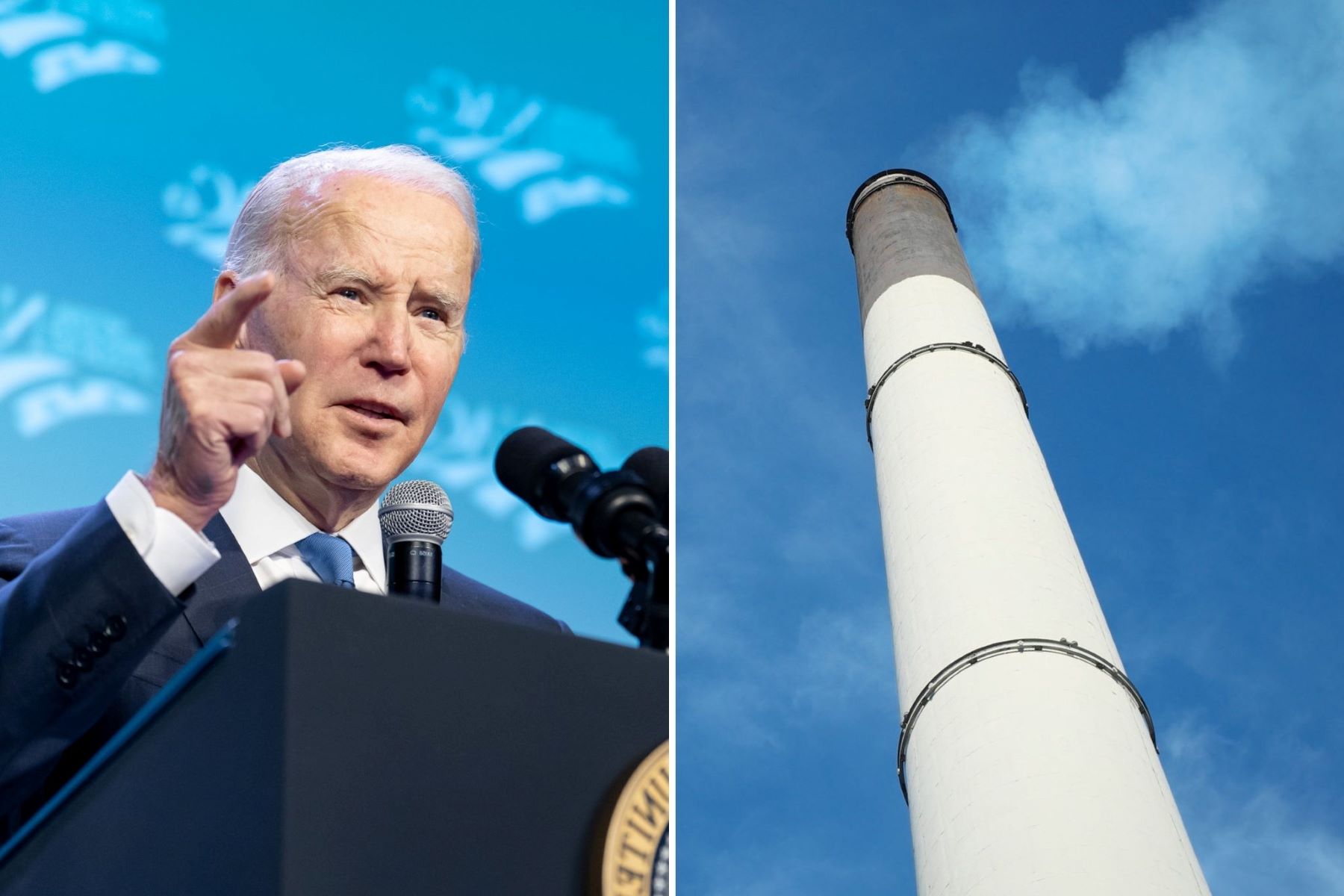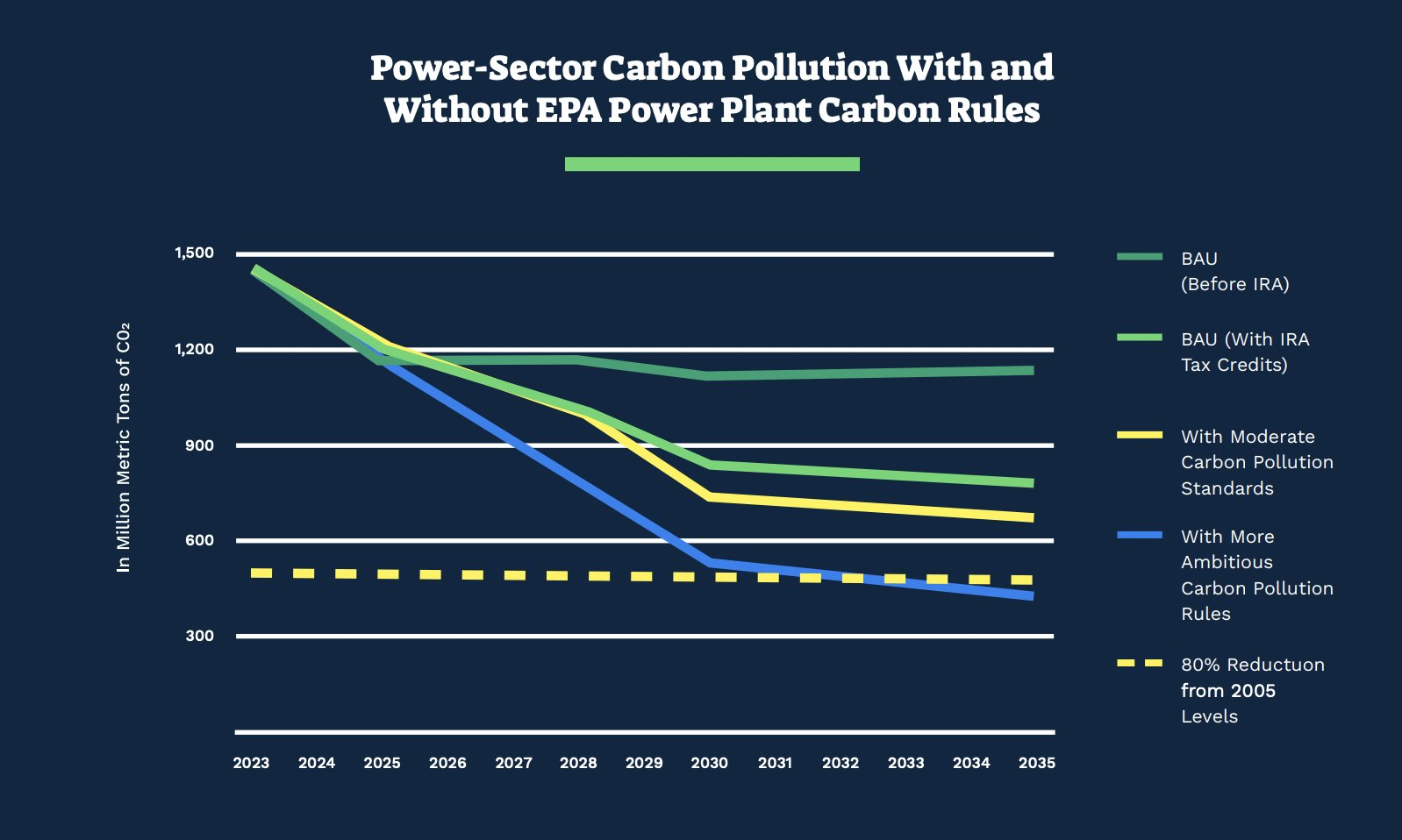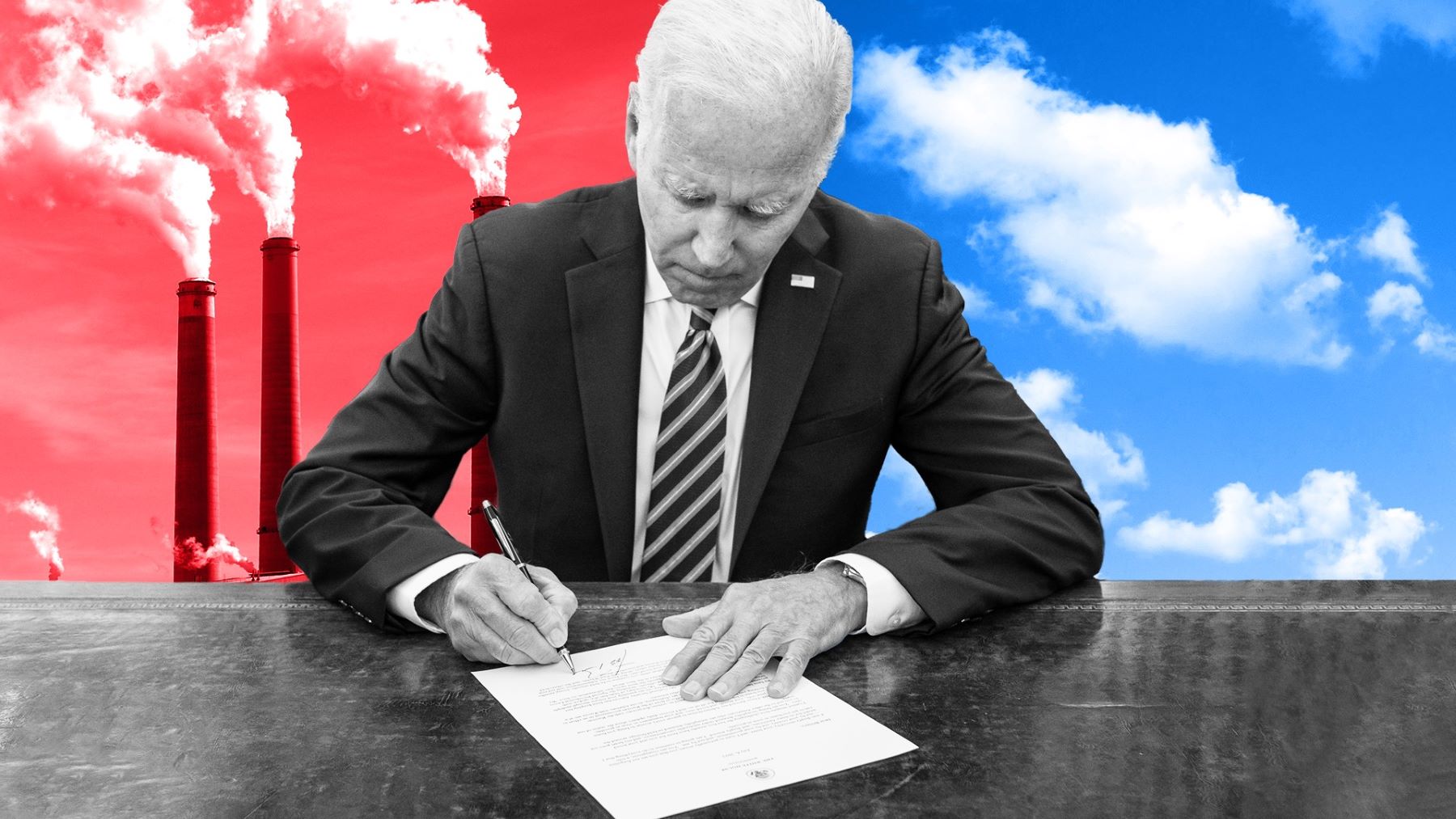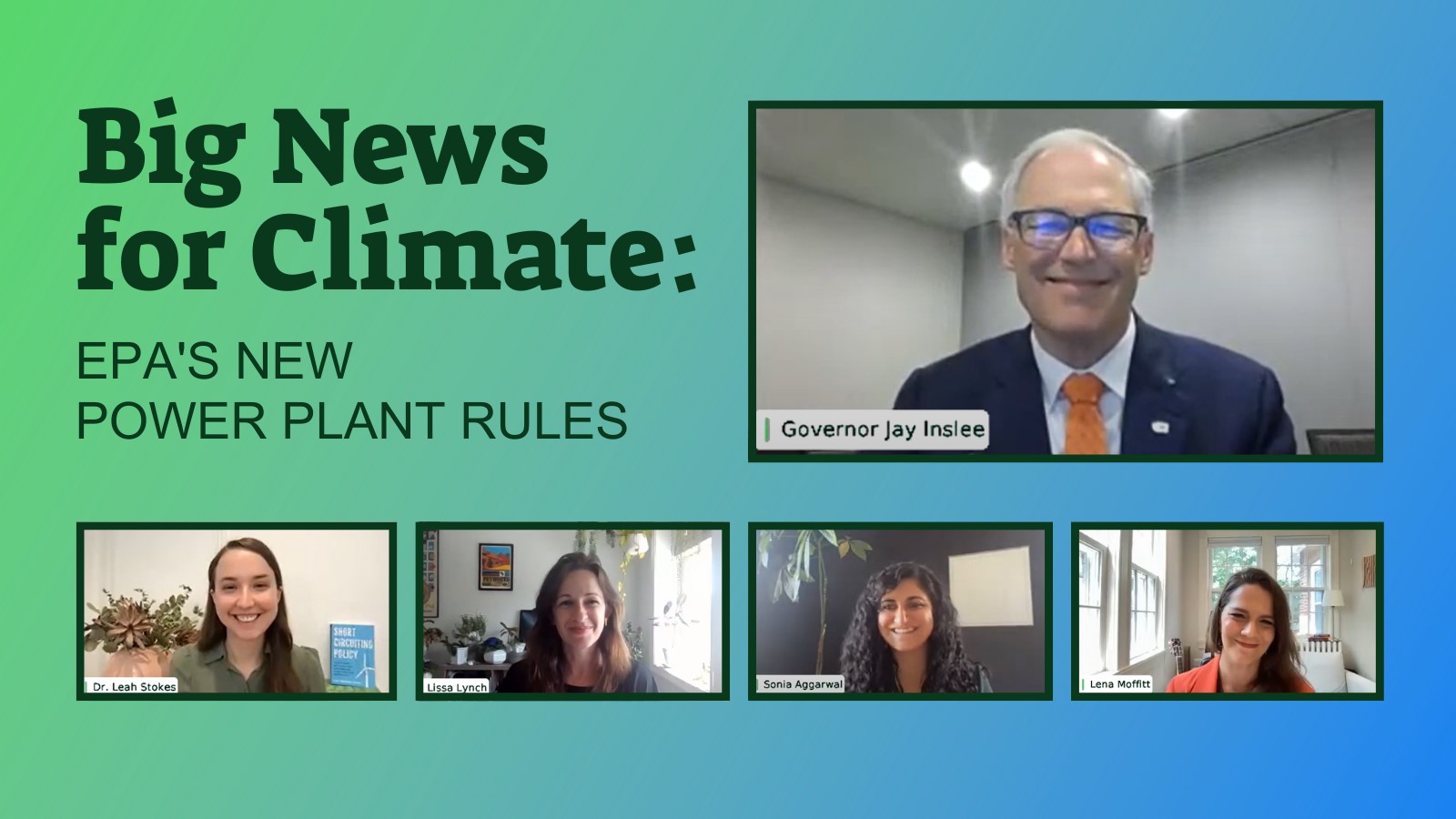What About West Virginia v. EPA?
In 2007, the Supreme Court required in Massachusetts v. EPA that EPA regulate greenhouse gasses if they were found to endanger Americans’ health and welfare—which the agency established in its 2009 endangerment finding. That means EPA is required to regulate carbon pollution under the Clean Air Act, including from power plants. Last year, in West Virginia v. EPA, the Supreme Court limited how EPA can exercise that authority, finding that the law did not give the power to regulate carbon in the power sector based on “generation shifting.” Basically, the EPA cannot dictate to industry that they must shift from polluting fossil fuel power plants to cleaner renewable energy sources. But the EPA still has broad authority to require carbon emissions reductions “within the fenceline” of power plants themselves, using abatement technologies that have been adequately demonstrated and found to be cost-reasonable.
In fact, EPA’s mandate to regulate carbon pollution in the power sector was reaffirmed by Congress after the Court’s ruling in West Virginia v. EPA, with a number of Clean Air Act amendments in the IRA that officially codified greenhouse gas emissions as a pollutant under the law, and directed the agency to set new power sector carbon pollution standards that take into account the IRA’s game changing investments and tax credits for power sector decarbonization. The IRA also provided EPA with $87 million to exercise this authority. Overall, the IRA enables EPA to set more ambitious standards at a lower cost and reinforces the agency’s authority to do so. The agency not only can regulate power sector carbon pollution—according to Congress, it must.
Cementing President Biden’s First Term Climate Legacy
Effective power sector carbon standards are vital to achieve President Biden’s climate goals, but EPA will need to act fast to ensure these rules go into effect. The Biden administration is working with a razor thin margin to avoid a Congressional Review Act window that could leave their carbon standards vulnerable to repeal by a future Republican-controlled Congress. These critical rules have already faced multiple regulatory delays that have only increased the urgency to propose ambitious and legally sound standards as quickly as possible.
Climate voters helped President Biden secure the White House in 2020 based on his commitment to an ambitious whole-of-government response to the climate crisis. Passing the IRA was a historic climate victory, but recent setbacks like approving the Willow Project have sparked widespread protest and pushback from the same demographic that propelled the president to victory three years ago. Power sector carbon standards are an incredible opportunity to prove to this growing contingent of voters that he is the right choice to chart America’s climate future for four more years.




